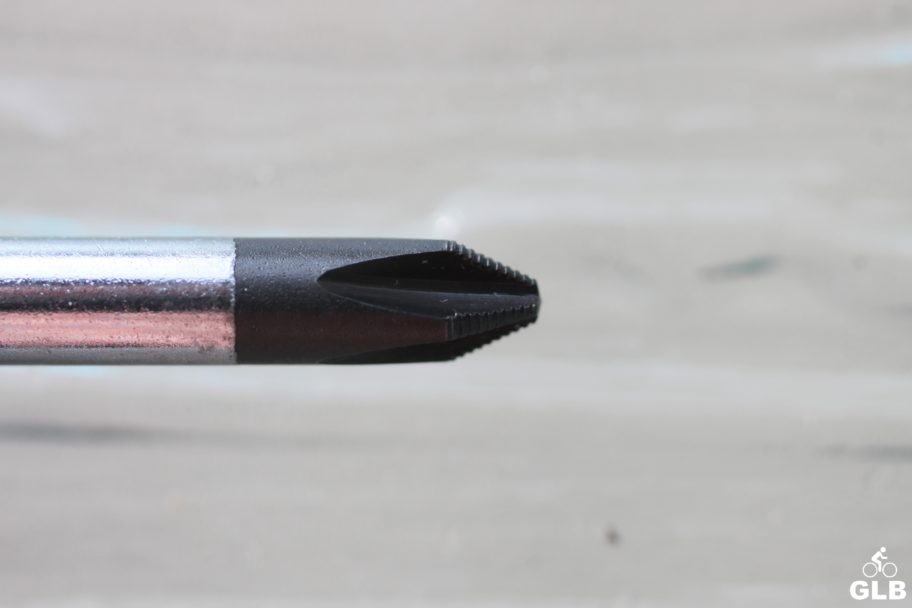I really wish there was a local ST community nearby for comparisons - tough to know what is normal!
If you could take a look at the video - it would be great to know what you think about the level of drag.
One specific question I have is: should the pistons retract perhaps 0.010" or something small to eliminate drag on the rotor? Or maybe the brake caliper should have some wiggle to after the brakes are release (pistons retracted)?
Thx,
Paul
---------------------------------------------
Evaluates rear disc drag: first for the condition of the center piston in the rear caliper with only the center piston extended to the brake pads and then 2) the additional drag after.the outer rear caliper pistons have been applied after manual compression of the SMC and then relaxing the SMC.
Service performed prior to this:
1. Brake fluid flush by PO. no date if correct sequence was followed on the bleed.
2. Current owner removed caliper cleaned pins, smir of silicone grease on sliding pins (all mint condition) on reassembly.
3. Pads installed in correct position for all clip detents (holds inner pad against inner caliper half)
4. Pistons pushed out to max pad wear equivalent and cleaned with brake fluid ( shoe shine method). Pistons collapsed back into caliper - probably built pressure in SMC).
5. SMC pressure bled at rear caliper outer bleed screw while squeezing pistons- no air introduced.
6. No data to be confident there is not air in the system- I didn't do the bleed!
This 2005 ST1300 is new to me.
I originally paid attention to the rear wheel brake drag after removing the rear wheel to ensure splines were Moly 60 serviced, and questioned if the pads dragging noise after reassembly was - hmmm "normal"?????
Brake pads are original @ 19500 miles. After 100 miles of around town riding (post rear wheel RR) certainly there is brake dust on the rear wheel rim ( finger wipe).
If you could take a look at the video - it would be great to know what you think about the level of drag.
One specific question I have is: should the pistons retract perhaps 0.010" or something small to eliminate drag on the rotor? Or maybe the brake caliper should have some wiggle to after the brakes are release (pistons retracted)?
Thx,
Paul
---------------------------------------------
Evaluates rear disc drag: first for the condition of the center piston in the rear caliper with only the center piston extended to the brake pads and then 2) the additional drag after.the outer rear caliper pistons have been applied after manual compression of the SMC and then relaxing the SMC.
Service performed prior to this:
1. Brake fluid flush by PO. no date if correct sequence was followed on the bleed.
2. Current owner removed caliper cleaned pins, smir of silicone grease on sliding pins (all mint condition) on reassembly.
3. Pads installed in correct position for all clip detents (holds inner pad against inner caliper half)
4. Pistons pushed out to max pad wear equivalent and cleaned with brake fluid ( shoe shine method). Pistons collapsed back into caliper - probably built pressure in SMC).
5. SMC pressure bled at rear caliper outer bleed screw while squeezing pistons- no air introduced.
6. No data to be confident there is not air in the system- I didn't do the bleed!
This 2005 ST1300 is new to me.
I originally paid attention to the rear wheel brake drag after removing the rear wheel to ensure splines were Moly 60 serviced, and questioned if the pads dragging noise after reassembly was - hmmm "normal"?????
Brake pads are original @ 19500 miles. After 100 miles of around town riding (post rear wheel RR) certainly there is brake dust on the rear wheel rim ( finger wipe).



